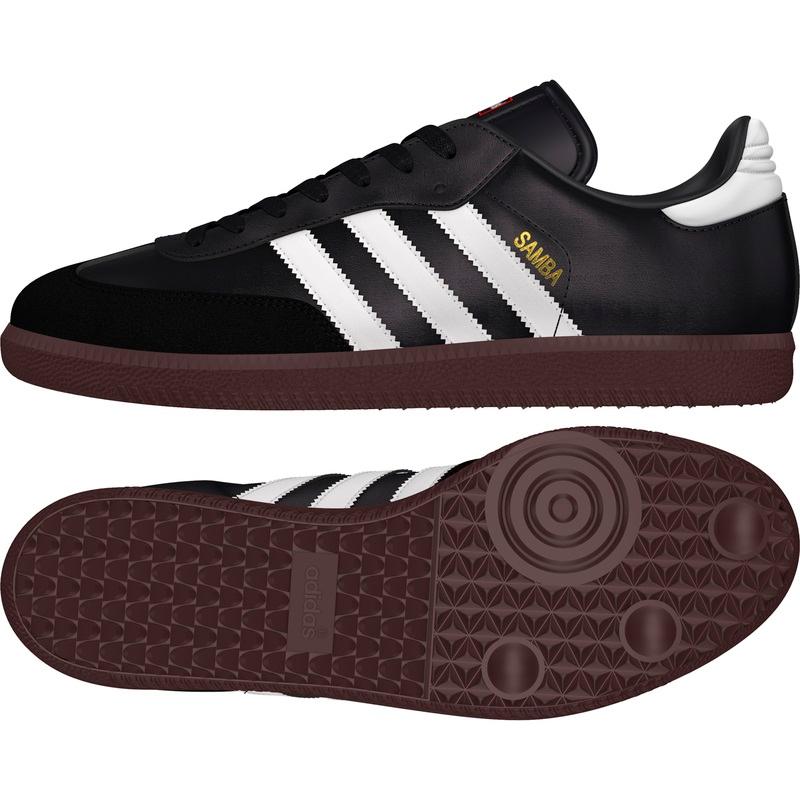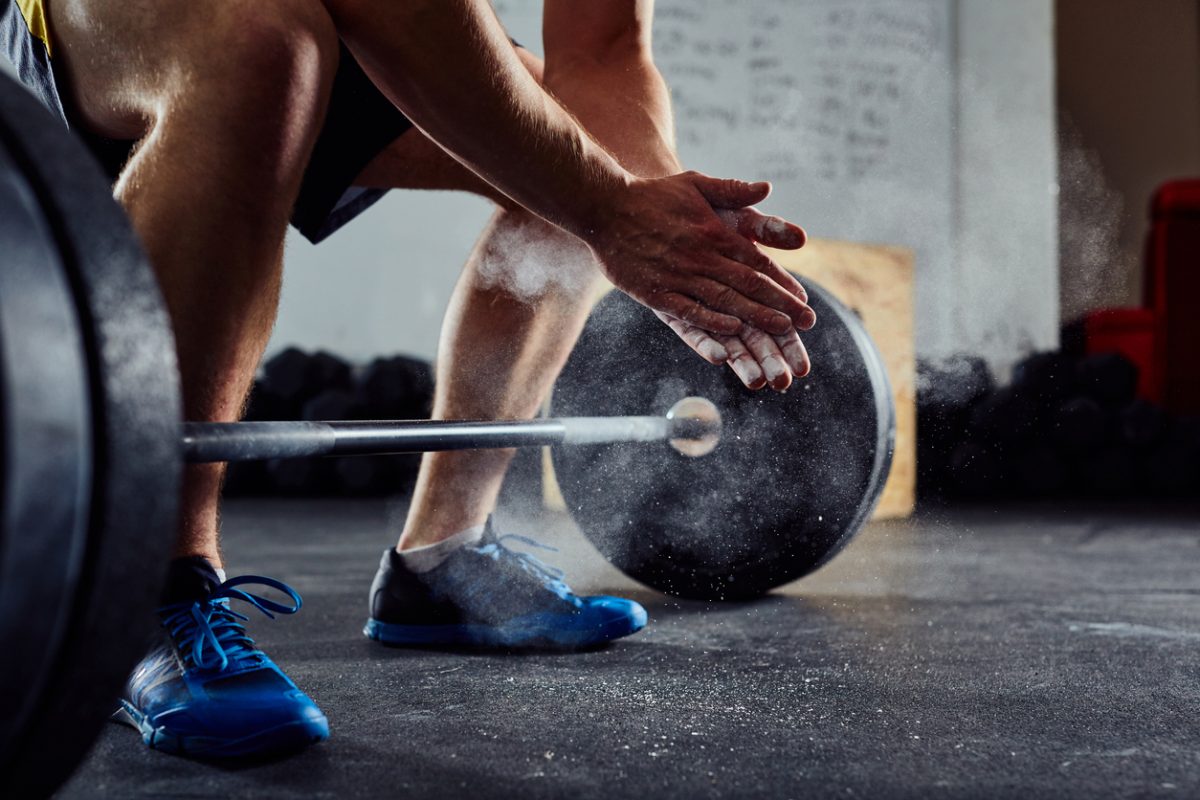Step 1: Learn the Anatomy
- Non-compressible sole – The sole of a weightlifting shoe is flat and very stiff, which creates a stable platform with which to lift from. You want to avoid heavily cushioned running shoes which are designed to absorb impact.
- Raised heel – A heel wedge helps to reduce the amount of of dorsiflexion needed from the ankles when lifting and can improve posture.
- Support and security – Most weightlifting shoes have an ankle strap or two alongside laces to securely lock the foot down and prevent it from moving. In addition, a stiff upper adds lateral support and improves stability,
- Ventilation – Perforation holes and mesh panels help to make a shoe more breathable while eliminated excess moisture

Step 2: Find the Right Heel Height
The more a heel is raised, the more dorsiflexion is allowed in the ankles. This pushes the hips forward allowing for a deeper squat.
1. Lower Heel = Less than .75″
- For athletes with short legs and torso
- For those with high flexibility and ankle mobility
- Wide stance or low-bar squats
2. Standard = .75″
- For athletes with a torso longer than legs
- For those with a decent flexibility and ankle mobility
- Versatile enough for most weightlifters
3. Higher Heel = Greater than .75″
- For athletes with long legs and torso or those with legs longer than their torso
- For those with low flexibility and ankle mobility
- Narrow stance or high-bar squats
*You can always increase the effective heel height of weightlifting shoes either by adding heel lifts or having them adjusted by a cobbler*
Step 3: Consider Other Options
While shoes with a raised heel are optimal for squats and Olympic lifting, flat shoes with a hard sole are more ideal for deadlifts. On the other hand, cross training shoes are versatile enough for exercises other than weightlifting.
1. Chuck Taylors or Vans
Both are favorites for many weightlifters and common to see in the gym. They both offer a flat, rubber sole that doesn’t compress making them popular for many deadlifters. They’re also comfortable, durable, and affordable.

2. Cross trainers
These are perfect for an athlete that does a variety of exercises beyond lifting. They typically have a lower heel and are more often more flexible in the forefoot

3. Indoor Soccer
These have an extremely thin and flat sole, also making them great for deadlifts. They also offer superior traction and ground-feel, with a good amount of support overall.

4. Barefoot
Many people enjoy lifting barefoot as it can offer better stability and control.
5. Minimal (Vibram Fivefingers)
Wearing these is almost like lifting barefoot, all while remaining lightweight and keeping your feet clean.

Step 4: Find the Right Fit
Signs of a perfect fit are…
- a snug fitting heel with no lift
- No more than 1/8″ of room between your longest toe and end of the shoe
- Enough width and volume to accommodate your feet
- No pain, discomfort, or restriction of blood
- Your feet shouldn’t be able to slide around
- No pressure points from the closure system
~Paulina Le
Health Fitness Specialist
